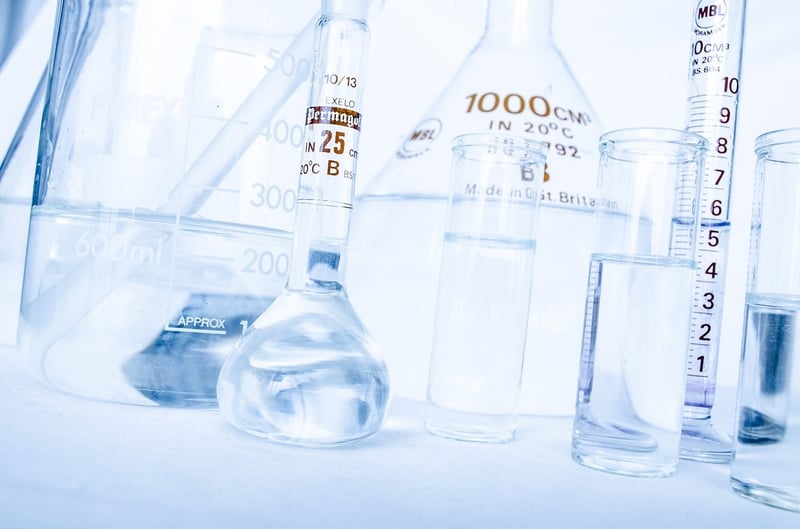Cooking Chemistry
Unlocking the Science of Cooking: A Dive into Cooking Chemistry
Have you ever wondered why adding baking soda makes your cookies rise, or why a perfectly cooked steak turns out so juicy and flavorful? The answer lies in the fascinating world of cooking chemistry. By understanding the scientific principles behind cooking, you can take your culinary skills to the next level and create truly extraordinary dishes.
The Maillard Reaction: The Secret to Flavorful Foods
One of the most critical chemical reactions in cooking is the Maillard reaction. This process occurs when amino acids and reducing sugars are heated, resulting in a complex series of reactions that produce the characteristic brown color and rich flavor of cooked foods. From searing steaks to baking bread, the Maillard reaction is responsible for creating the delicious flavors and aromas we associate with well-cooked dishes.
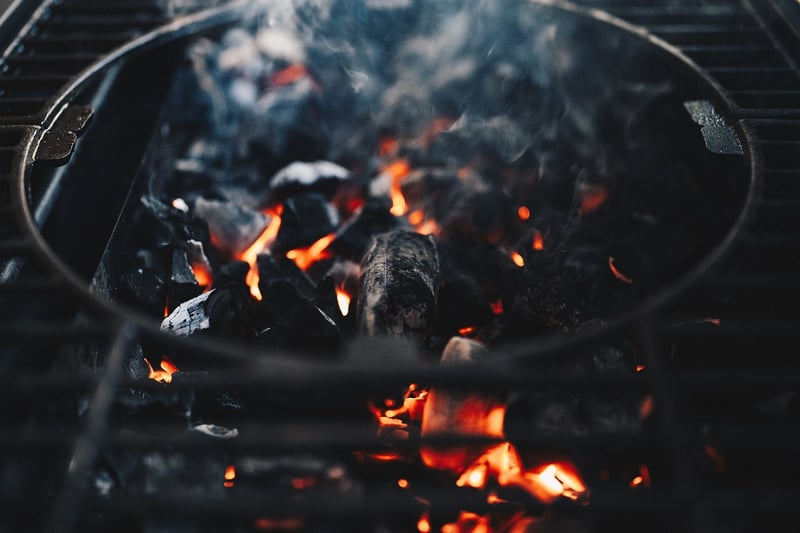
The Role of Emulsions in Sauces and Dressings
Emulsions play a crucial role in creating creamy sauces and dressings. An emulsion is a mixture of two immiscible liquids, such as oil and water, stabilized by an emulsifier. By carefully controlling the ratio of oil to water and the emulsifier used, you can create stable emulsions that add richness and depth to your dishes.
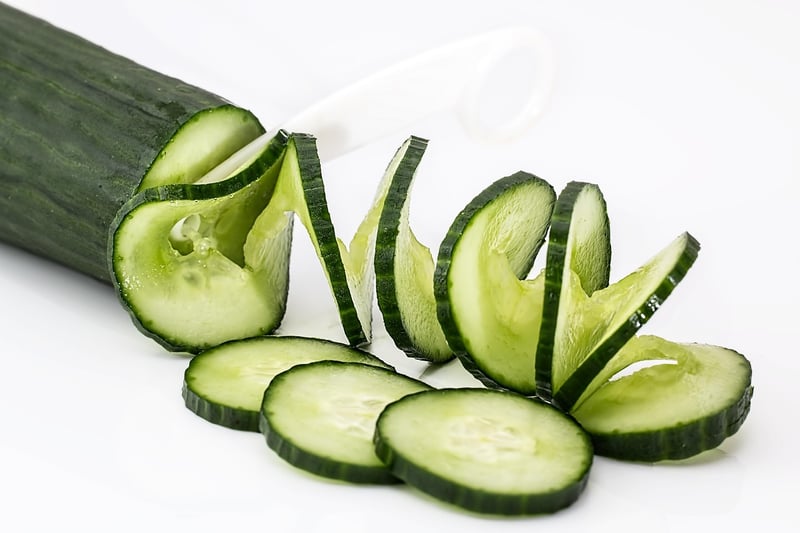
The Science Behind Baking: Leavening Agents and Gluten Formation
Baking is a precise science that relies on the interactions of leavening agents and gluten formation. Leavening agents such as baking powder and yeast create gas bubbles in the dough, causing it to rise and become light and airy. Gluten, a protein formed when flour is mixed with water, provides structure and elasticity to baked goods, giving them their characteristic texture.
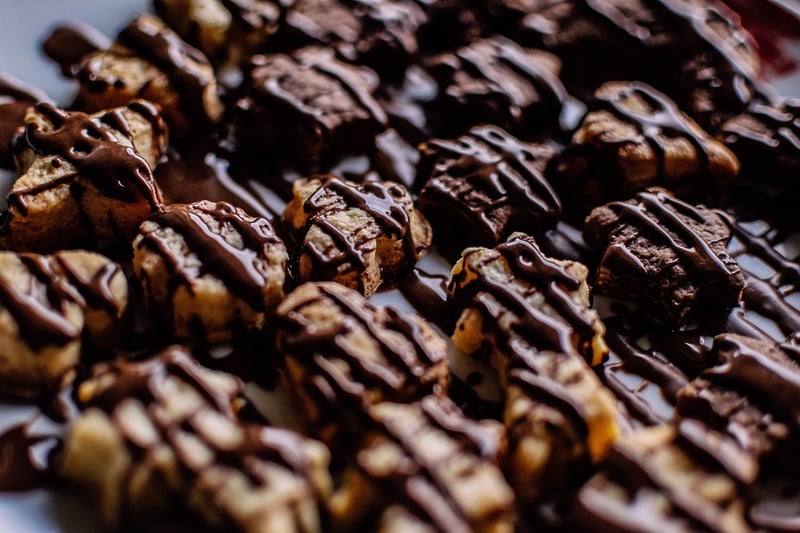
Temperature Control and the Art of Searing
Temperature control is key to achieving the perfect sear on meats and vegetables. By heating a pan to the right temperature before adding ingredients, you can create a Maillard reaction that caramelizes the surface, locking in moisture and flavor. Understanding the science of heat transfer and browning reactions can help you elevate your searing skills to new heights.
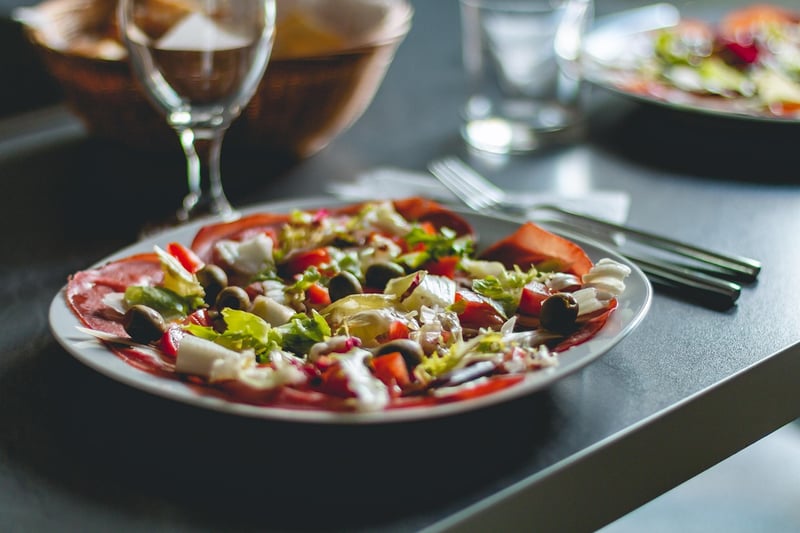
Experimenting with Cooking Chemistry
Now that you've uncovered some of the secrets of cooking chemistry, it's time to put your knowledge to the test. Experiment with different ingredients, techniques, and cooking methods to see how they affect the chemical reactions taking place in your dishes. Embrace the science of cooking, and watch as your culinary creations reach new levels of flavor and sophistication.
Remember, cooking is not just an art – it's a science waiting to be explored!
